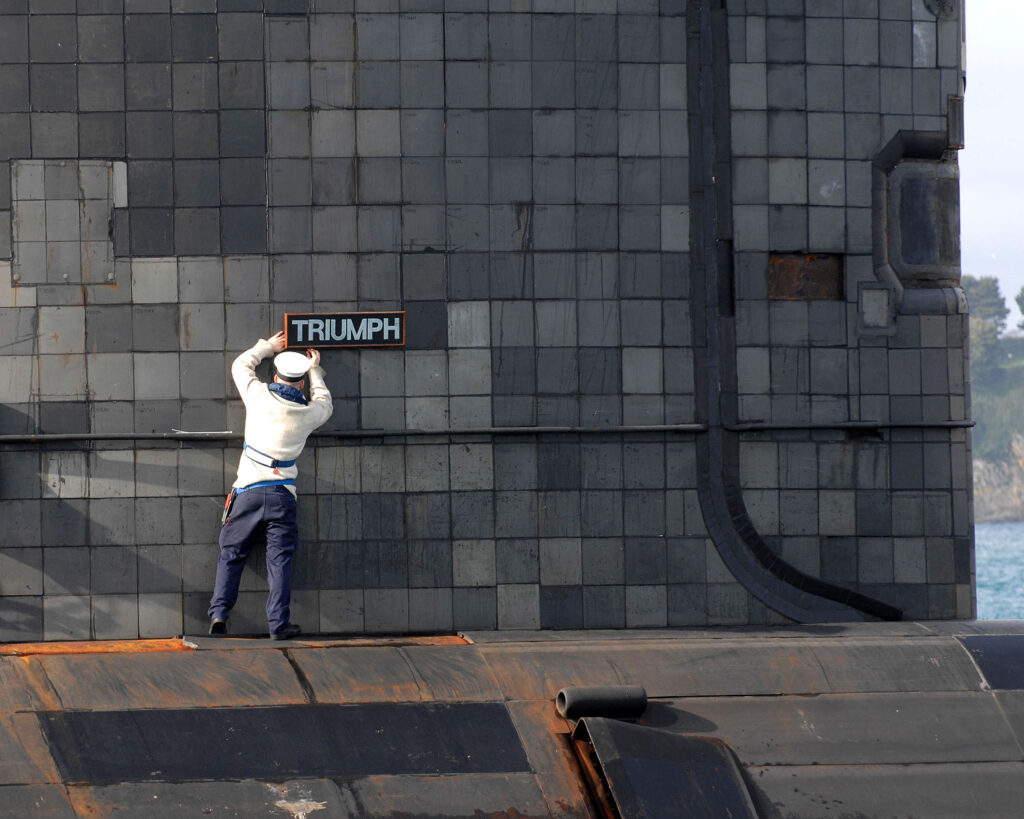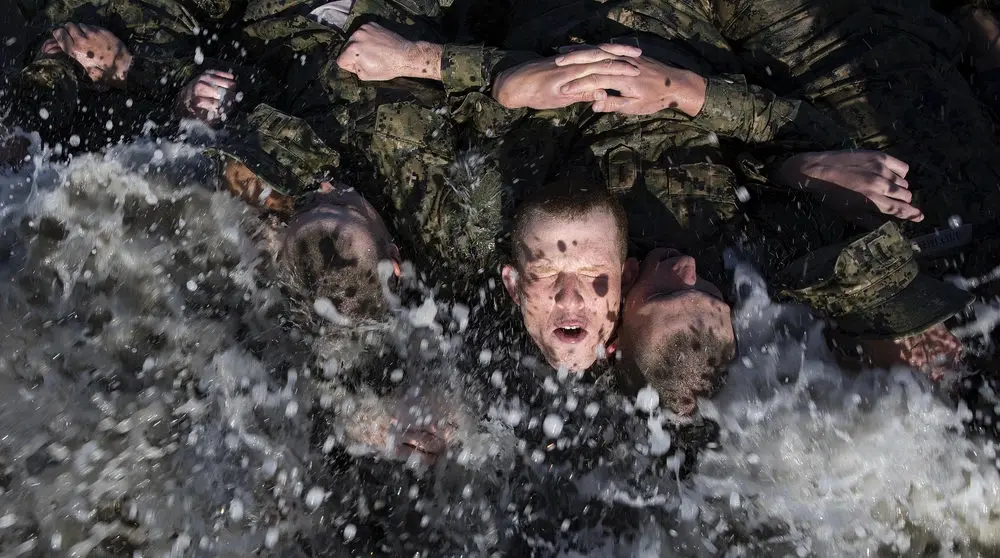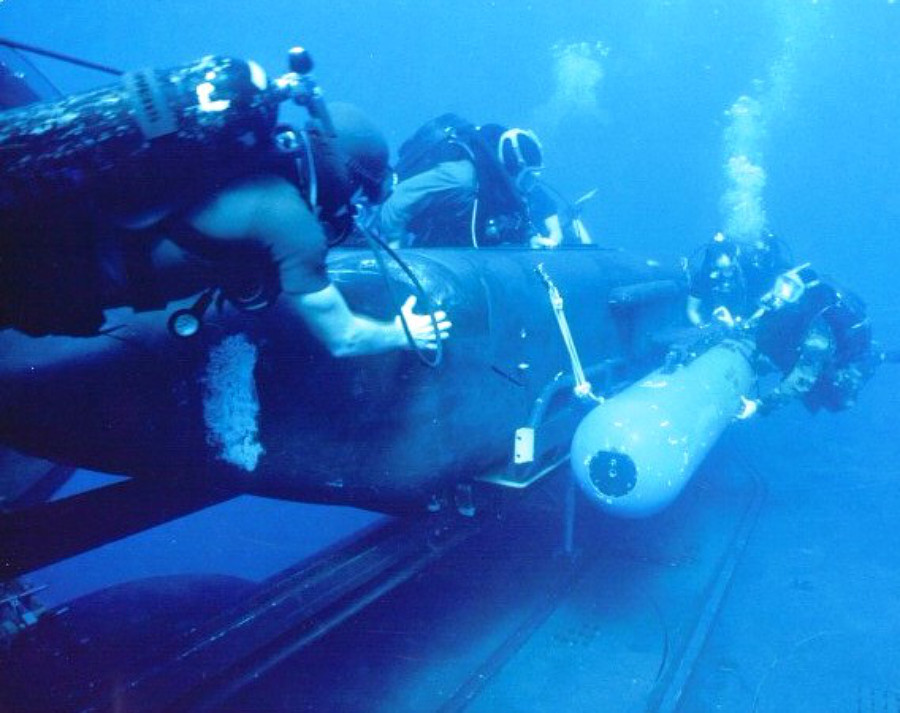The United Kingdom, America’s closest ally, wasn’t able to deploy an attack submarine for more than two months due to logistical issues.
The news coming out of the U.K. underscores the difficulty allied fleets have in maintaining large deployable naval forces and raises concerns about operational capabilities in the event of a near-peer conflict.
According to an open-source analysis by the TBrit90 account on X, in late August, the Royal Navy’s fleet of attack submarines had stayed in port for approximately 61 days for maintenance.
Specifically, the HMS Triumph attack submarine has been in port in Devonport since July 3 after it concluded its deployment. The data is even worse for the rest of the British attack submarine fleet, with absences from operational service ranging from 135 days to 763 days for other subs.
Given the difficulty of ascertaining the movement of active warships, it is not clear if the issue persists today. Nevertheless, an absence of more than two months from operational service is indicative of the problems the Royal Navy is facing in maintaining its attack submarine fleet.
Attack submarines have a very simple mission: find and sink enemy shipping. They can do so by firing torpedoes, but they often also pack cruise missiles that they can fire in support of ground operations. In naval combat, attack submarines are force multipliers. The mere suspicion that an attack submarine is operating in the area is enough for an adversary navy to adjust its operations. Indeed, sometimes, it is enough to completely stop enemy action around an area of operations.
For example, during the Falklands War in 1982, the HMS Conqueror sank a major Argentine surface combatant. On May 2, 1982, the HMS Conqueror sunk the Argentine battle cruiser ARA General Belgrano, killing and wounding hundreds of Argentine sailors. Following that action and without robust anti-submarine warfare capabilities, the entire Argentine Navy withdrew from the area of operations and gave the Royal Navy a free rein on the waters around the Islands. One submarine kill was enough to restrict the entire Argentine Navy.
Although a near-peer adversary like China or Russia would be unlikely to surrender an entire area of operations due to the threat or actions of a single submarine, they would certainly consider it – especially if attack submarines start racking up kills.
Related: The Royal Navy is going through difficult times
The Royal Navy’s submarine fleet

Overall, the Royal Navy has a robust submarine fleet that would add considerable firepower to an allied effort in the event of a near-peer conflict.
The Royal Navy Submarine Service has 10 submarines broken down into two categories and three types of vessels. Specifically, the Royal Navy has six attack (or fleet) and four ballistic missile submarines.
In terms of attack subs, the Royal Navy has five Astute-class and one Trafalgar-class submarine. The Astute class is the newest, with the latest vessel of the class being commissioned in 2022. However, the vessels have been facing technical and maintenance issues.
In terms of ballistic missile subs, the Royal Navy has four Vanguard-class submarines. These are the “big boys” fulfilling the Continuous At Sea Deterrent role and comprise the maritime leg of the United Kingdom’s nuclear triad. They carry nuclear warheads that can be attached to their ballistic missiles. At least one Vanguard-class submarine is always underway, so in the event of a nuclear war, it can deliver a nuclear strike against an attacker.
All British submarines are powered by nuclear energy, thus greatly increasing their operational time and reducing logistical needs. Nuclear-powered subs can operate without refueling for years and are only limited by the amount of food and water they carry.
The Royal Navy has a long and illustrious history of submarine actions. Yet, as the closest and most important ally, it is essential that the U.K. be able to pull its weight in the event of a near-peer conflict.
Read more from Sandboxx News
- The American Committee for the Defense of British Homes
- Combat swimmer operations and their importance in a near-peer conflict
- The big problem with the Air Force’s ‘Light Fighter’ concept
- Exploring the CMG, Colt’s forgotten machine gun
- Runaway costs and design delays: Are Coast Guard’s new icebreakers worth it?










